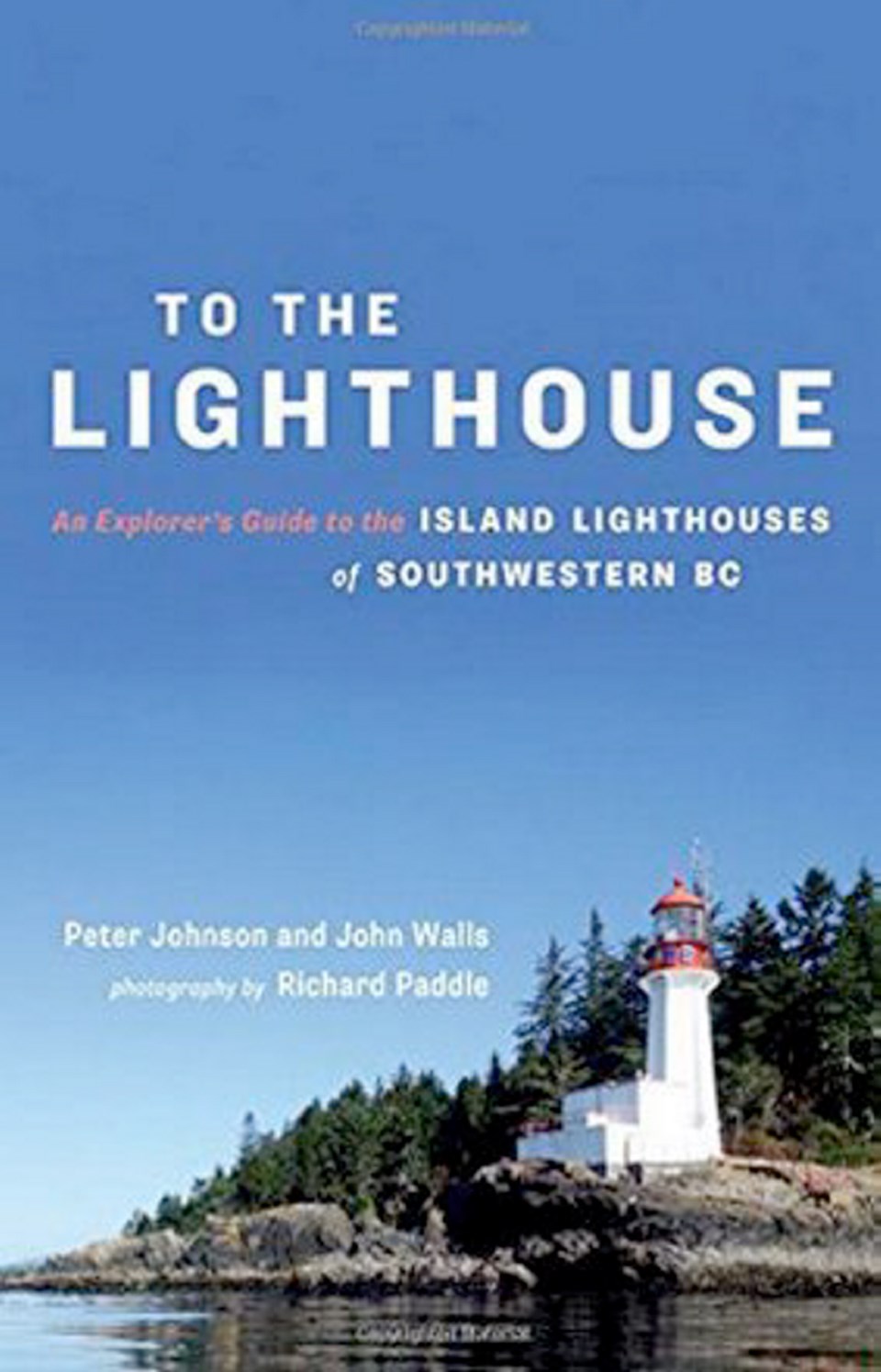To the Lighthouse: An Explorer’s Guide to the Island Lighthouses of Southwestern B.C.
By Peter Johnson and John Walls; photographs by Richard Paddle
Heritage, 219 pp., $19.95
A few weeks ago, Parks Canada named 74 lighthouses in seven provinces that have been granted heritage status. Twenty-one of those lighthouses are in British Columbia, and 13 of them are featured in this book.
Take a deep breath, because here they are:
Active Pass on Mayne Island; Cape Beale and Pachena Point in the Alberni-Clayoquot Regional District; Cape Mudge on Quadra Island; Carmanah Point in the Cowichan Valley Regional District; East Point on Saturna Island; Entrance Island at Nanaimo; Estevan Point, 60 kilometres northwest of Tofino; Fisgard at Colwood; Nootka at Yuquot on Nootka Island; Pulteney Point at Port McNeill; Sheringham Point at Shirley; and Trial Islands at Oak Bay.
The structures will be preserved under the Heritage Lighthouse Protection Act, and represent some of the finest examples of lighthouses in Canada.
With lighthouses in the news, this book comes at a perfect time. That is good, because it is a worthwhile guide to 25 lighthouses along our coast. These structures have been essential navigational aids for decades, helping mariners reach their destinations, and have come to symbolize our ties to the water as well as the dangers inherent in our weather.
To The Lighthouse is filled with history, providing background about the construction of each lighthouse and the way it was made to work in that spot. The history also includes information on the characters who worked at each lighthouse.
Better yet, the book provides detailed information on how to get to each of the lighthouses listed, so you can take in the views and the vibes in person. The routes are listed in five categories, from “dead easy” to “really, really hard.”
Be warned, however, to double-check information on each destination with other sources. One way to test the accuracy of a travel book — and in effect, that is what this is — is to look for information on familiar spots.
The map on page 71 has the lighthouse on Discovery Island in the wrong spot. The map on page 77 moves Fiddle Reef to the northeast of where it really is, and if you set out from the boat launch at Cattle Point, as suggested in the text, you will be heading in the wrong direction. The same map misplaces Plumper Passage, and misspells Enterprise Channel.
Errors such as these are frustrating, since they raise doubts about all of the other maps. Let’s hope readers do not get too discouraged.
Many of these lighthouses are within our reach, and now that their futures are more secure, perhaps more of us need to head out to see what the fuss is about.
Before you go, be sure to read the descriptions of working conditions that are found in To The Lighthouse. The lighthouses might seem scenic now, but the conditions endured by the keepers and their families were brutal. Many people stationed at lighthouses burned out early or were sickened by the chemicals they were required to use.
Compensation was meagre. Supplies might arrive once a month. Contact with others was severely limited, and the solitude could wear at the strongest of souls. The storms could be fierce.
The light had to be kept going, no matter what the conditions outside, and no matter what state of health the operator was in. And if calamity struck, the people at the lighthouse were expected to do their best to rescue the people at risk. Many times, they had no choice but to watch people drown, helpless to intervene in the face of nature’s fury.
To The Lighthouse is a fun read, thanks to authors John Walls, a director of the Sheringham Point Lighthouse Preservation Society and the author of Celebrating Victoria, and Peter Johnson, an educator and the author of Quarantined: Life and Death at William Head Station, 1872–1959; Glyphs and Gallows: The Rock Art of Clo-oose and the Wreck of the John Bright; and Voyages of Hope: The Saga of the Brideships.
Richard Paddle’s photographs are superb, and the maps will help us keep our bearings, more or less.
This book will help to build out understanding of some of the iconic buildings that dot our coastline. It might encourage us to get some exercise, too.
The reviewer is the editor-in-chief of the Times Colonist.



